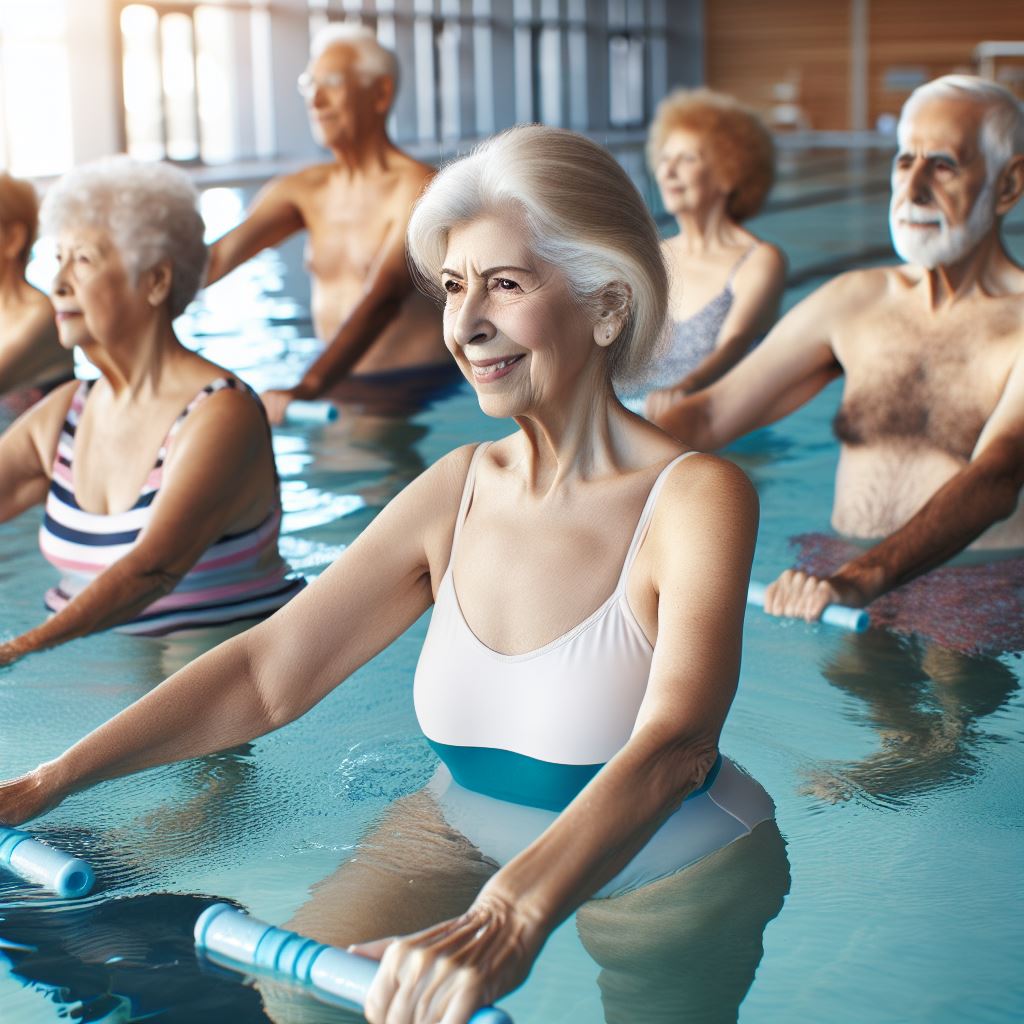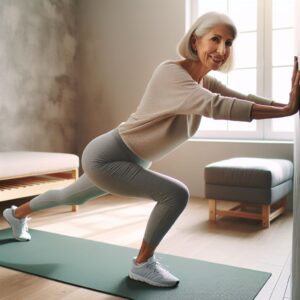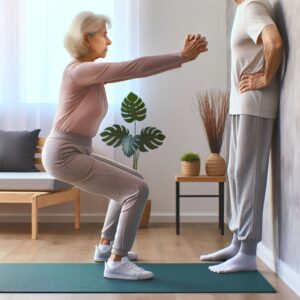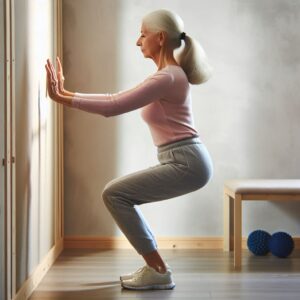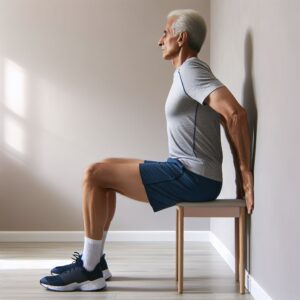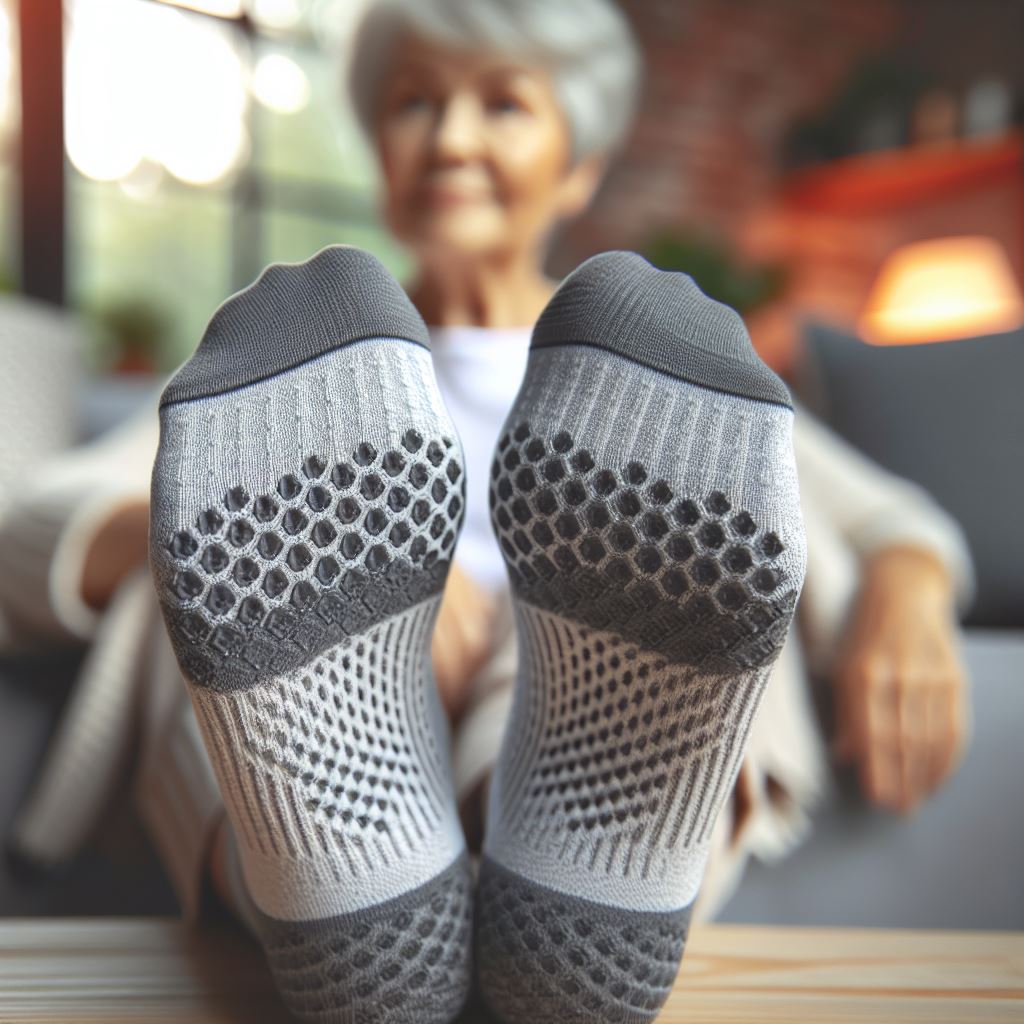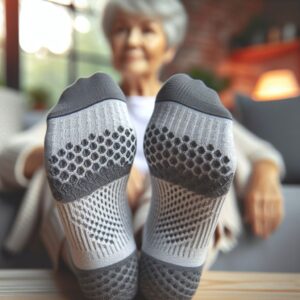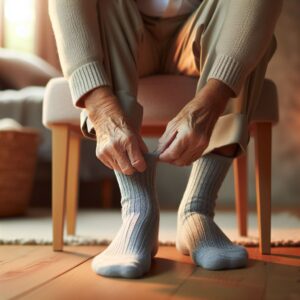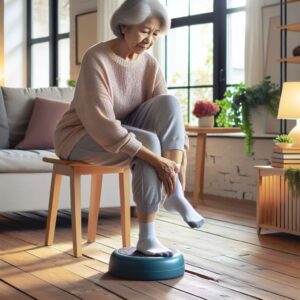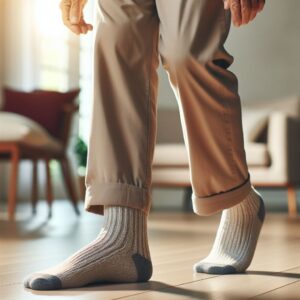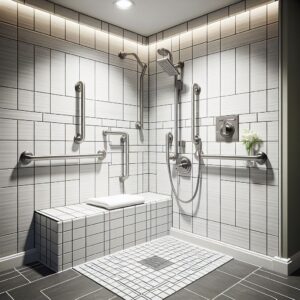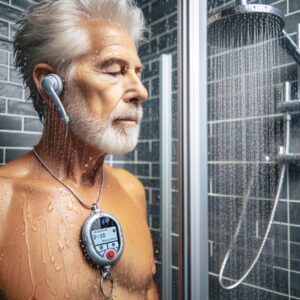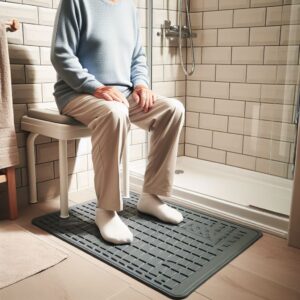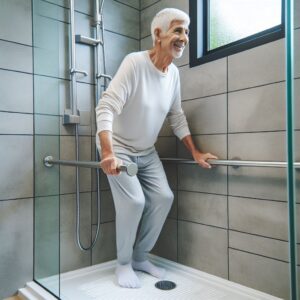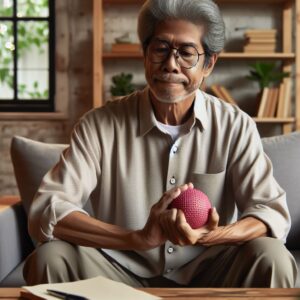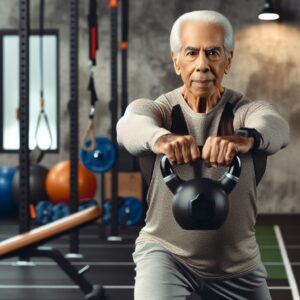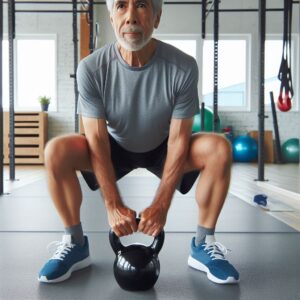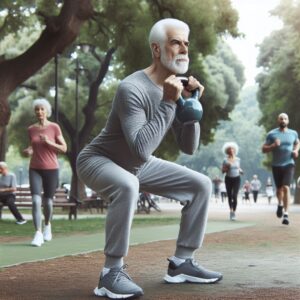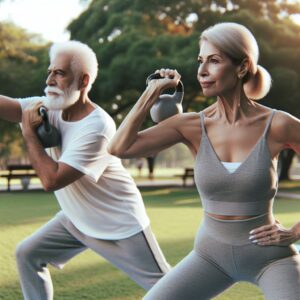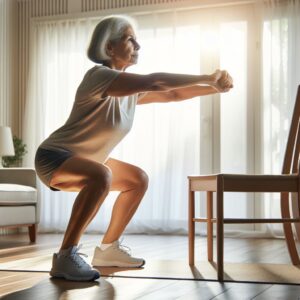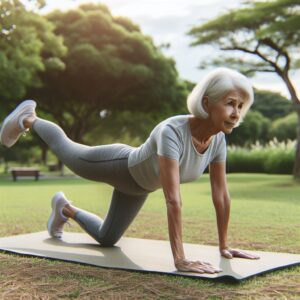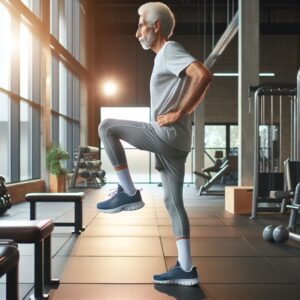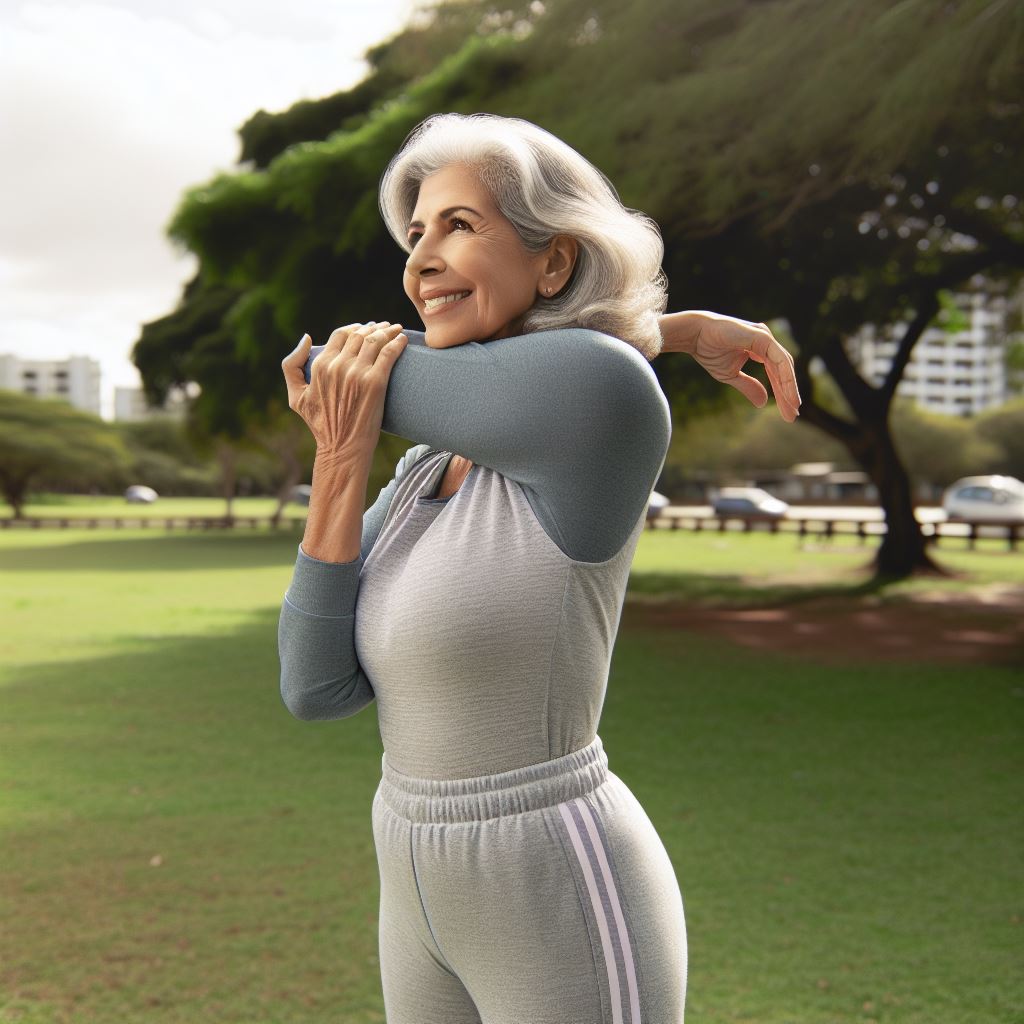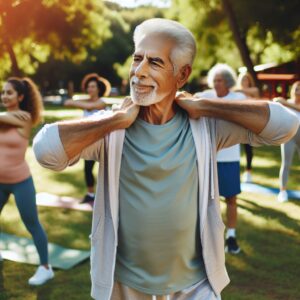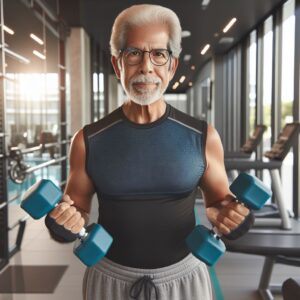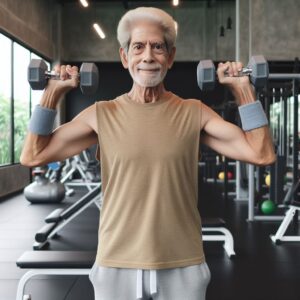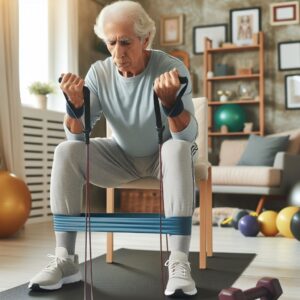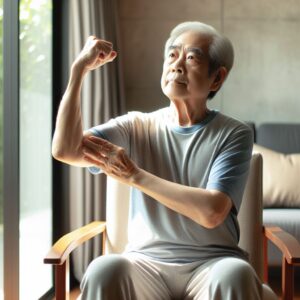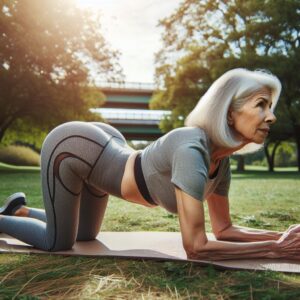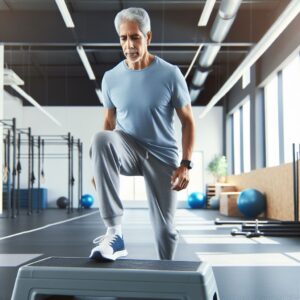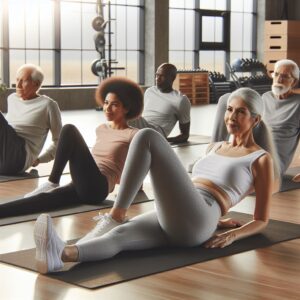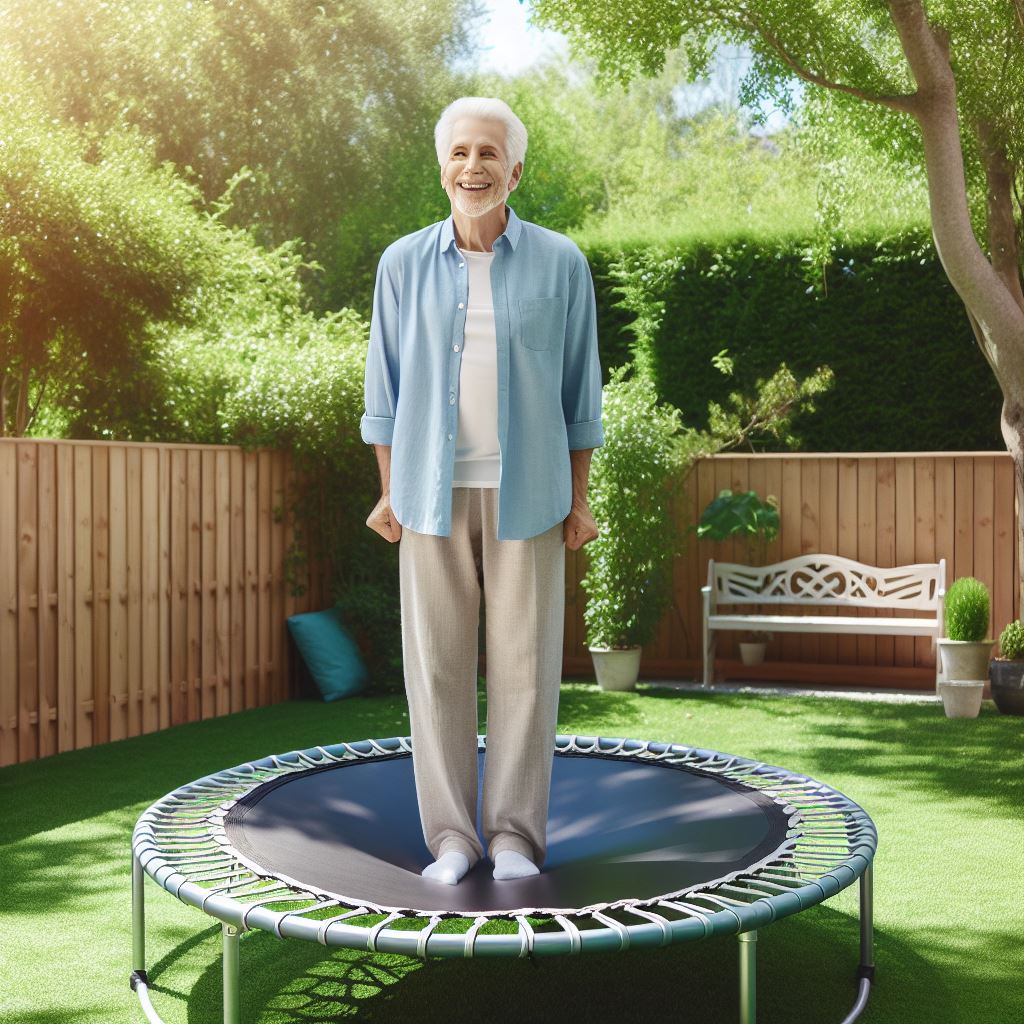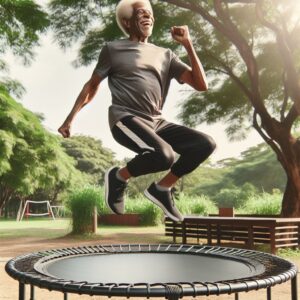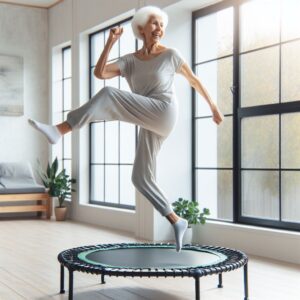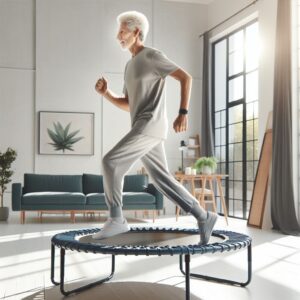Introduction
Falls are a significant concern for seniors, often leading to serious injuries and a loss of independence. As we age, our balance, strength, and coordination can decline, increasing the risk of falls. However, engaging in regular physical activity can help mitigate these risks. One particularly effective form of exercise for seniors is water-based exercise. Water exercises for seniors offer a low-impact way to improve balance, strength, and overall fitness, making them an excellent choice for fall prevention.
Water exercises are performed in a pool, where the buoyancy of the water supports the body, reducing the strain on joints and muscles. This makes it easier for seniors to perform exercises that might be too challenging on land. Additionally, the resistance of the water helps to build strength and improve balance, both of which are crucial for preventing falls.
In this comprehensive guide, we will explore the various benefits of water exercises for seniors, provide examples of specific exercises, and offer tips on how to get started with a water exercise routine. By the end of this article, you will have a thorough understanding of how water exercises can help prevent falls and improve overall health and well-being.

Section 1: Understanding the Risks of Falls in Seniors
1.1 The Prevalence of Falls Among Seniors
Falls are a common and serious problem for older adults. According to the Centers for Disease Control and Prevention (CDC), one in four Americans aged 65 and older falls each year. Falls are the leading cause of both fatal and non-fatal injuries among older adults. The risk of falling increases with age due to factors such as decreased muscle strength, impaired balance, and chronic health conditions.
1.2 Consequences of Falls
The consequences of falls can be severe and far-reaching. Physically, falls can result in fractures, head injuries, and other serious injuries that may require hospitalization and long-term rehabilitation. Psychologically, the fear of falling can lead to a loss of confidence and a reduction in physical activity, which can further increase the risk of falls. Additionally, falls can have significant economic implications, including medical costs and the need for long-term care.
Section 2: Benefits of Water Exercises for Seniors
2.1 Low-Impact Nature of Water Exercises
One of the primary benefits of water exercises is their low-impact nature. The buoyancy of the water supports the body, reducing the stress on joints and muscles. This makes water exercises an ideal choice for seniors, especially those with arthritis or other joint conditions. Unlike land-based exercises, water exercises allow seniors to perform movements without the risk of joint pain or injury.

2.2 Improvement in Balance and Coordination
Water exercises are particularly effective for improving balance and coordination. The resistance of the water provides a natural form of resistance training, which helps to strengthen the muscles responsible for maintaining balance. Additionally, the instability of the water forces the body to engage the core muscles to stay upright, further enhancing balance and coordination.
2.3 Strength and Flexibility Enhancement
In addition to improving balance, water exercises also help to build strength and increase flexibility. The resistance of the water provides a challenging workout for the muscles, helping to build strength over time. Water exercises also promote flexibility by allowing the joints to move through a full range of motion without the risk of injury.
2.4 Cardiovascular Health
Water exercises are also beneficial for cardiovascular health. Activities such as water walking, jogging, and aqua aerobics provide an excellent cardiovascular workout, helping to improve heart health and increase endurance. Regular cardiovascular exercise is essential for maintaining overall health and reducing the risk of chronic diseases.
Section 3: Types of Water Exercises for Seniors Fall Prevention
3.1 Water Walking and Jogging
Water walking and jogging are simple yet effective exercises for improving balance and strength. To perform water walking, stand in the shallow end of the pool and walk forward, lifting your knees high with each step. As you become more comfortable, you can progress to jogging in the water. The resistance of the water provides a challenging workout for the muscles, helping to build strength and improve balance.

3.2 Aqua Aerobics
Aqua aerobics classes are a fun and social way to engage in water exercises. These classes typically involve a series of aerobic exercises performed in the water, such as jumping jacks, leg lifts, and arm movements. Aqua aerobics classes are designed to improve cardiovascular fitness, strength, and balance, making them an excellent choice for fall prevention.
3.3 Water Yoga and Tai Chi
Water-based yoga and Tai Chi are gentle forms of exercise that focus on balance, flexibility, and relaxation. These exercises involve slow, controlled movements that help to improve balance and coordination. The water provides a supportive environment, making it easier to perform the movements and reducing the risk of injury.
3.4 Resistance Training with Water Weights
Resistance training with water weights is an effective way to build strength and improve balance. Water weights are specially designed dumbbells that provide resistance when moved through the water. Exercises such as bicep curls, tricep extensions, and leg lifts can be performed with water weights to target specific muscle groups and improve overall strength.
Section 4: Getting Started with Water Exercises For Seniors
4.1 Safety Precautions
Before starting any new exercise program, it is important to consult with a healthcare provider, especially if you have any pre-existing health conditions. Your healthcare provider can help you determine if water exercises are appropriate for you and provide guidance on how to get started safely. Additionally, it is important to follow safety tips for exercising in the water, such as staying hydrated, using flotation devices if needed, and avoiding overexertion.

4.2 Finding the Right Facility
Finding the right facility is crucial for a successful water exercise routine. Look for a pool or aquatic center that offers water exercise classes specifically designed for seniors. It is also important to choose a facility with trained instructors who can provide guidance and support during the exercises.
4.3 Essential Equipment
While water exercises require minimal equipment, there are a few essential items that can enhance your workout. These include a comfortable swimsuit, water shoes for traction, and flotation devices for added support. Optional equipment such as water weights and resistance bands can also be used to increase the intensity of the exercises.
Section 5: Creating a Water Exercise Routine
5.1 Setting Goals
Setting realistic and achievable goals is an important part of any exercise program. Start by setting short-term goals, such as attending a certain number of classes per week or mastering a specific exercise. As you progress, you can set long-term goals, such as improving your balance or increasing your strength.
5.2 Sample Weekly Routine
A balanced weekly water exercise routine should include a variety of exercises to target different aspects of fitness. For example, you might start the week with a water walking session, followed by an aqua aerobics class, a day of water yoga, and a resistance training session with water weights. Incorporating variety into your routine will help keep you engaged and motivated.

5.3 Tracking Progress
Tracking your progress is essential for staying motivated and seeing the benefits of your efforts. Keep a journal to record your workouts, noting any improvements in balance, strength, and overall fitness. Regular assessments, such as balance tests or strength measurements, can also help you monitor your progress and adjust your routine as needed.
Section 6: Success Stories and Testimonials
6.1 Real-Life Examples
Hearing about the experiences of others can be a powerful motivator. Many seniors have successfully used water exercises to improve their balance and prevent falls. For example, Jane, a 72-year-old retiree, started attending water aerobics classes after experiencing a fall. Within a few months, she noticed significant improvements in her balance and confidence. Similarly, John, an 80-year-old with arthritis, found that water exercises helped reduce his joint pain and improve his mobility.
6.2 Expert Opinions
Experts in the field of physical therapy and fitness also recommend water exercises for seniors. According to Dr. Smith, a physiotherapist with over 20 years of experience, “Water exercises provide a safe and effective way for seniors to improve their balance and strength. The buoyancy of the water reduces the risk of injury, while the resistance helps to build muscle and enhance coordination.”
Conclusion
In conclusion, water exercises offer a multitude of benefits for seniors, particularly when it comes to fall prevention. The low-impact nature of water exercises makes them accessible to individuals with joint issues, while the resistance of the water helps to build strength and improve balance. By incorporating water exercises into their routine, seniors can reduce their risk of falls, improve their overall fitness, and enhance their quality of life. So, take the plunge and discover the many benefits of water exercises for yourself!
